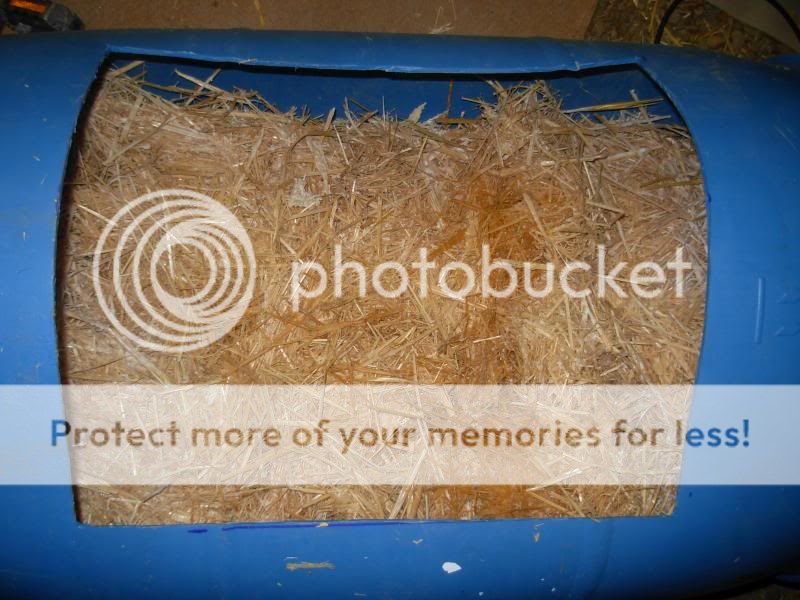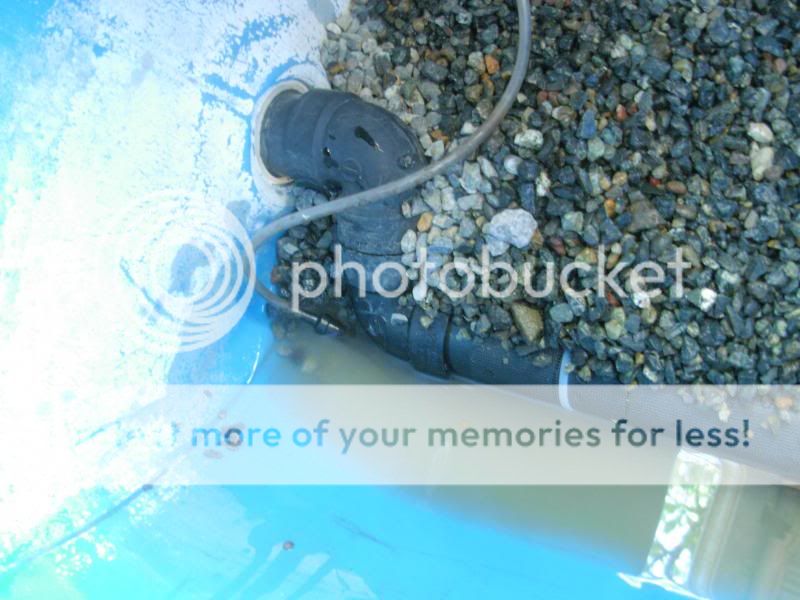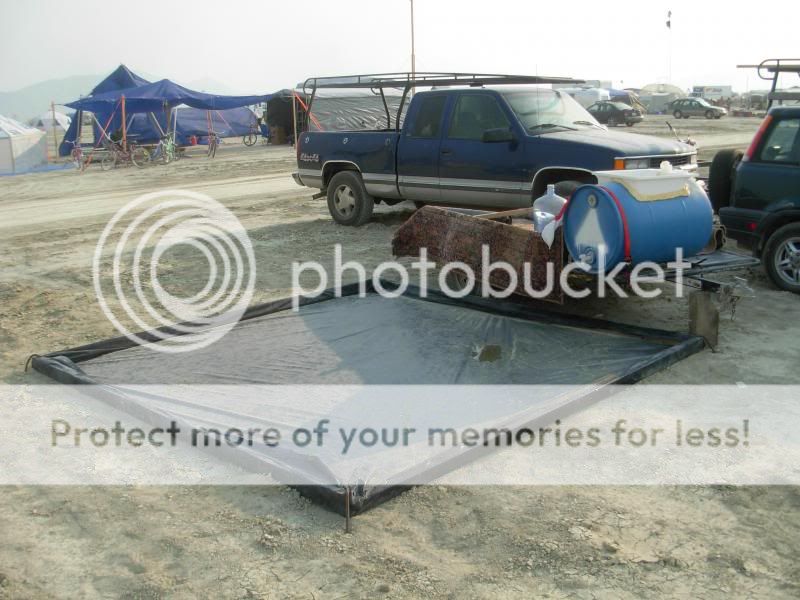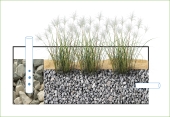








 3
3








Danny Carm wrote:
Lastly, do you have to replace them every so often? A synthetic filter of some sort gets everything it's filtering stuck to it so you need to switch it, obviously. Do mycofilters act in the same way, or do they do something like "eat" the stuff that it filters out. I'd imagine that because it's a biological, living filter, that it would somehow interact with the things that get stuck to it as opposed to just kind of being a mesh of mycellium that catches junk. And if so, what does it do to them (probably another simple mycology question)? What is the byproduct of fungal respiration and consumption? Is it 02 like with plants?
Thanks in advance for any answers, permies!





Success has a Thousand Fathers , Failure is an Orphan
LOOK AT THE " SIMILAR THREADS " BELOW !
 1
1




allen lumley wrote: Jay Shinn : Thanks for posting, could we have a few pictures posted here! This is a very important, serious subject and we need a few more people willing to post to let this
Topic/Thread grow ! Have Fun at Burning Man, There have been other types of grey water handling systems posted at Instructables.comin past years mostly
dehydrating types Again thanks ! Big Al




Freakin' hippies and Squares, since 1986




Landon Sunrich wrote:Hey Jay
I'm trying to get a visual of your system. So like are you running grey water from a sink drain (or whatever) into that black pvc with holes all down it and and letting it soak into straw which you have filled your blue drum with? Is thats whats up? couldn't tell from your 4 pictures, but that seemed plausible.






Freakin' hippies and Squares, since 1986




Landon Sunrich wrote:
Really glad I have access to this forum as Ive been going it alone thus far and that can be very frustrating and isolating. Pretty sure regular cross pollination is necessary for the germination of ideas.









 3
3













Freakin' hippies and Squares, since 1986





 1
1




Freakin' hippies and Squares, since 1986








Landon Sunrich wrote:
I'm open to any and all suggestions for improving it! Mostly though I'm wondering if anyone can come up with some simple experiments so we can test these out!





Freakin' hippies and Squares, since 1986
 3
3









Freakin' hippies and Squares, since 1986












Freakin' hippies and Squares, since 1986
 1
1




Landon Sunrich wrote:
The second notable conclusion is that the permeability of mycofiltration media was generally in the range of 0.07 to 0.10 cm/sec roughly equivalent to medium grain sand, indicating applicability for field-relevant hydraulic loading. Additionally, mycofilters demonstrated some capability to remove dissolved E. coli from flowing water, likely through an antibacterial mechanism. The final conclusion is that, as with other stormwater best management practices (BMPs), mycofiltration may be more effective against sediment-bound bacteria, and possibly achieve 100 percent E. coli removal.
But I am unsure if that ".07 to .1 cm/sec" is through saturated medium or unsaturated medium. Also wouldn't the size (diameter/length) of the filter mater as well as the volume of water? Also how exactly would one test for E. coli? that seems like it must be a common (cheep?) test.




Freakin' hippies and Squares, since 1986




 4
4









Buy Our Book! Food Web: Concept - Raising Food the Right Way. Learn make more food with less inputs
Off Grid Homesteading - latest updates and projects from our off grid homestead
 1
1








Jay Shinn wrote:Read Me!
http://fungi.com/pdf/articles/Fungi_Perfecti_Phase_I_Report.pdf

|
my overalls have superpowers - they repel people who think fashion is important. Tiny ad:
12 DVDs bundle
https://permies.com/wiki/269050/DVDs-bundle
|

